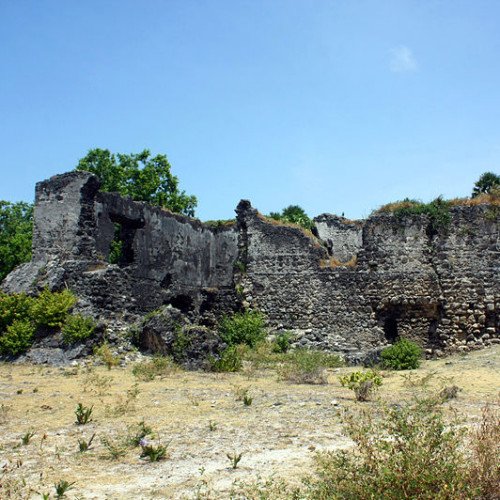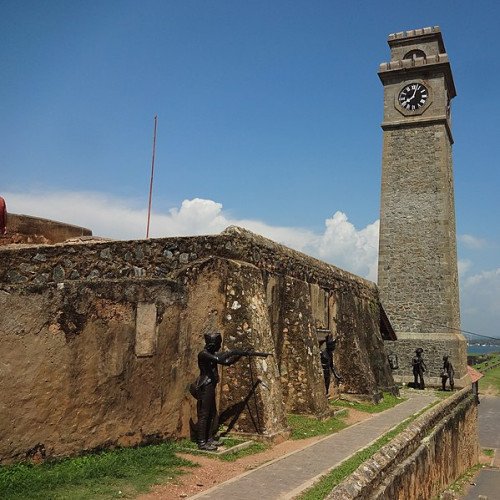Castles of "Sri Lanka" DELFT ISLAND FORT vs GALLE FORT

DELFT ISLAND FORT
Delft Island Fort (Tamil: நெடுந்தீவுக் கோட்டை, romanized: Neṭuntīvuk Kōṭṭai; Sinhala: ඩෙල්ෆ් බලකොටුව, romanized: Delf Balakotuwa, locally known as Neduntheevu fort and Meekaman fort) are ruins of a fort located on the island of Neduntheevu in the Palk Strait in northern Sri Lanka. Traditionally attributed to the Karaiyar king Meekaman, the fort was probably built by the Portuguese. Later, it was taken over by Dutch, who built a barrack nearby. The island was known to the Portuguese as Ilha das Vacas ("Island of the Cows"), was renamed by the Dutch as Delft Island. The fort was constructed out of limestone and coral. Though now in ruins, Ralph Henry Bassett describes the fort as a "very strongly fortified fort" in his book Romantic Ceylon: Its History, Legend, and Story.
Statistics for this Xoptio

GALLE FORT
Galle Fort (Sinhala: ගාලු කොටුව Galu Kotuwa; Tamil: காலிக் கோட்டை, romanized: Kālik Kōṭṭai), in the Bay of Galle on the southwest coast of Sri Lanka, was built first in 1588 by the Portuguese, then extensively fortified by the Dutch during the 17th century from 1649 onwards. It is a historical, archaeological and architectural heritage monument, which even after more than 432 years maintains a polished appearance, due to extensive reconstruction work done by Archaeological Department of Sri Lanka. The fort has a colourful history, and today has a multi-ethnic and multi-religious population. The Sri Lankan government and many Dutch people who still own some of the properties inside the fort are looking at making this one of the modern wonders of the world. The heritage value of the fort has been recognized by the UNESCO and the site has been inscribed as a cultural heritage UNESCO World Heritage Site under criteria iv, for its unique exposition of "an urban ensemble which illustrates the interaction of European architecture and South Asian traditions from the 16th to the 19th centuries." The Galle Fort, also known as the Dutch Fort or the "Ramparts of Galle", withstood the Boxing Day tsunami which damaged part of coastal area Galle town. It has been since restored.